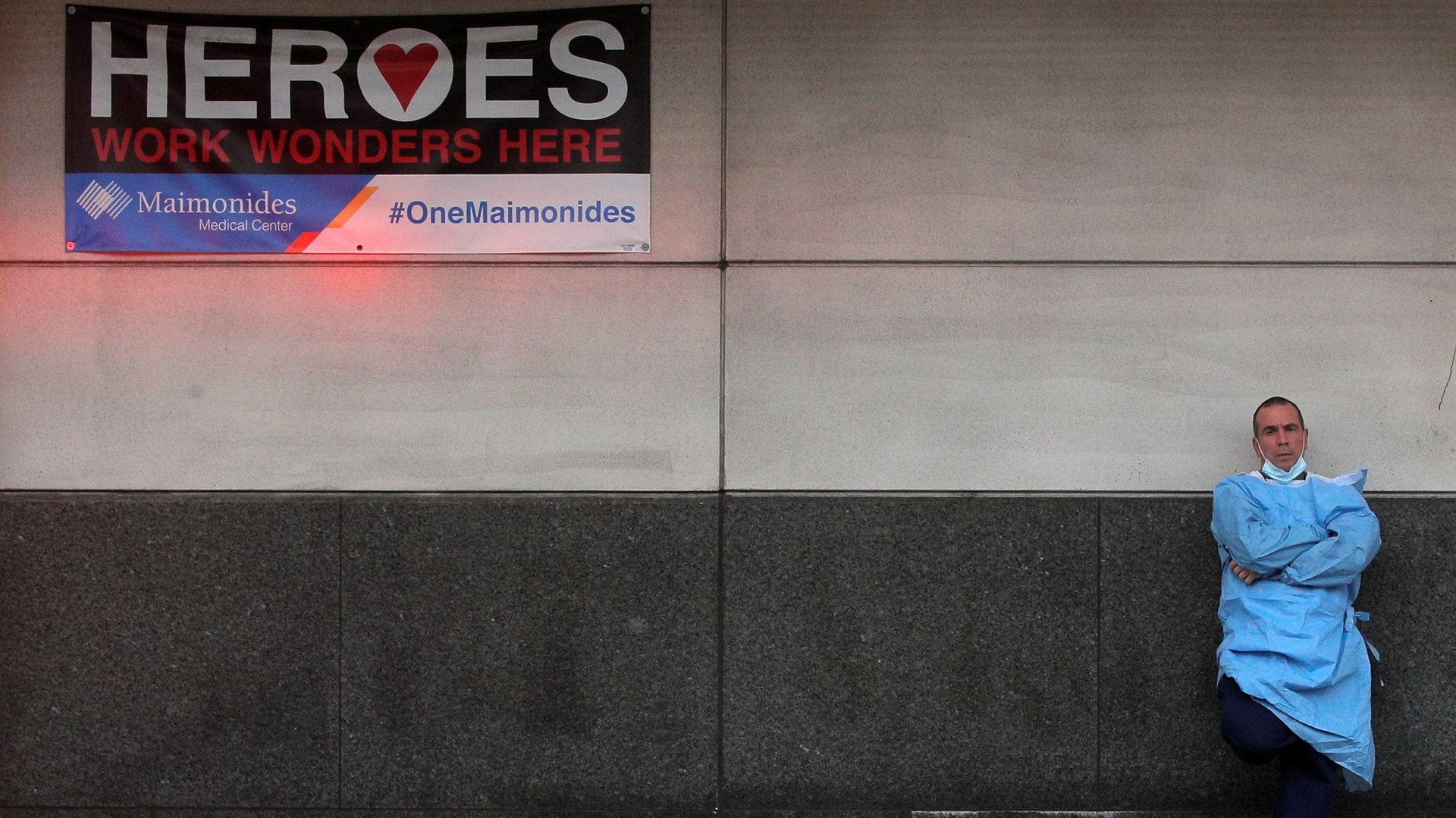The CDC’s solution to healthcare worker shortages could backfire
The US is going through yet another surge in covid-19 cases, this time amidst a shortage of healthcare workers that could drive hospitals and clinics to a breaking point.


The US is going through yet another surge in covid-19 cases, this time amidst a shortage of healthcare workers that could drive hospitals and clinics to a breaking point.
Since the beginning of the pandemic, more than half a million healthcare workers have left their jobs because of burnout, poor working conditions, and a sense of not receiving enough protection and appreciation. Now, as they handle the new surge of covid-19 cases, many are having to leave their posts after becoming infected with omicron themselves.
“Every [healthcare] institution I know has had countless healthcare workers who contracted covid over the last couple of weeks, more than I’ve seen in this entire pandemic,” says Shikha Jain, CEO of Impact, an advocacy organization for healthcare workers.
To address the shortage, the Centers for Disease Control and Prevention (CDC) released emergency guidance on Dec. 23, decreasing the time healthcare workers have to quarantine if they test positive with covid-19. The goal is to have more personnel available, but it might have the opposite effect.
The risk of exposing patients, and other healthcare workers
The earlier guidance for healthcare workers was the same as for the general population, and isolation was required for 10 days. Shortening that is risky: Although it is unlikely, someone who tests negative for an antigen might still be contagious, particularly in asymptomatic cases.
Yet according to the CDC’s new omicron guidelines, asymptomatic healthcare workers who test positive for covid-19 can return to work seven days later if a second antigen test five days into their quarantine shows they are negative. The recommended isolation period can be reduced in case of staff shortages.
But there is little evidence quarantines can be shortened safely. “We don’t actually have data that can truly describe how long someone is infectious after they contract covid, whether they’re symptomatic or asymptomatic,” says Jain, who is also a medicine professor the University of Illinois.
This poses risks for patients, as healthcare workers are more likely to be in contact with vulnerable populations, and for their colleagues. Despite personal protective equipment, there is virtually no way to guarantee a potentially contagious person won’t spread the infection further. The virus could still escape, for instance, if they remove their mask for drinking or adjust it for comfort. Given omicron’s high infectiousness, the risk is especially high.
This means more healthcare staff might test positive and have to isolate, further reducing an already tight workforce.
Pushing healthcare workers out
Beyond the immediate health consequences, shortening the isolation period risks sending healthcare workers the wrong signal. It doesn’t take into account the importance of guaranteeing their safety in the workplace, says Jain.
The new guidance might be the last straw for many who feel strained by the pandemic and have been putting up with exasperating work conditions, she says. This might push even more healthcare personnel out of the workforce right as it’s needed the most.
“A lot of healthcare workers have reached out and told me that they feel that this just further shows that not only do people not appreciate what healthcare workers are doing, but that the healthcare system will continue to take and take from healthcare workers, and will do that until they have nothing left to give,” says Jain.